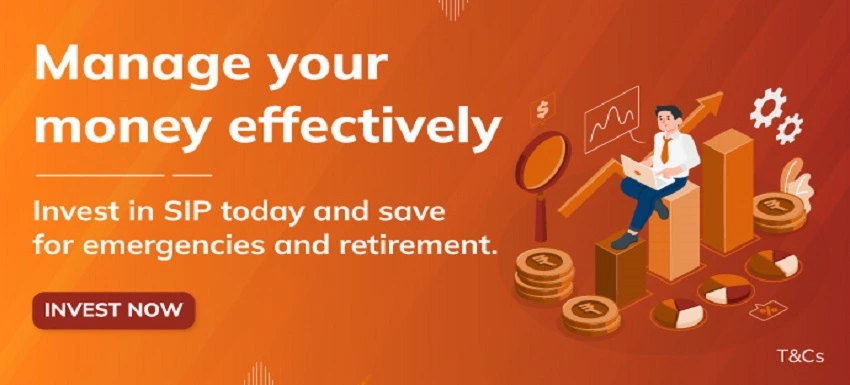THE
ORANGE
HUB
Why Chasing Top-Performing Mutual Funds is Not a Good Idea?

Chasing top-performing Mutual Funds is risky because past performance doesn't guarantee future results. Investors often mistakenly believe that a fund's historical success will always continue. This strategy ignores market cycles, leading to investments at incorrect times.
Additionally, high-performing funds often come with heavy fees that can eat into final returns. Inflated demand can artificially boost a fund's value, leading to potential losses when the trend reverses. Moreover, this approach can disrupt a well-diversified portfolio, concentrating risk instead of spreading it.
Performance Pitfalls: The Risks in Chasing Top Mutual Funds
Past Performance is Not an Indicator of Future Results
The most crucial thing to understand about investing in Mutual Funds is that past performance is not a reliable indicator of future results. A fund that has performed exceptionally well in the past may not continue to do so in the future.
The Impact of Market Cycles
Markets move in cycles and so does Mutual Fund performance. A fund that excels in a bull market may not perform as well in a bear market. If you're chasing a fund based on its performance in a specific market phase, you might be entering at the wrong time.
High Costs and Fees
Top-performing funds often have higher costs, eroding your returns, especially in the long run. Management fees, transaction costs and other expenses can significantly reduce the net return on investment. So, consider the cost-to-benefit ratio of high-performing funds.
The Herd Mentality Risk
When many investors flock to a particular fund, it creates a herd mentality, inflating the value of the fund beyond its actual worth. When the trend reverses and investors start pulling out, the fund's performance suffers dramatically.
Overconfidence in Fund Managers
Investing in a top-performing fund often means placing a lot of trust in the fund manager's skills. Despite being skilled, their strategies may not always align with future market conditions. Overconfidence in a fund manager can be risky.
Diversification is Key
One of the fundamental principles of investing, is diversification across various sectors and asset classes. By chasing a top-performing fund, you might be concentrating your investment in a particular sector or market segment, which can increase risk.
Timing the Market is Challenging
Timing the market is incredibly difficult, even for professional investors. By trying to chase top-performing funds, you're trying to time your entry and exit, which is a risky approach. Instead, invest long-term rather than trying to capitalise on short-term market movements.
Emotional Decision Making
Investing in top-performing funds can often be driven by emotions rather than rational decision-making. Fear of missing out (FOMO) can lead investors to make hasty decisions without proper analysis.
Neglecting Personal Investment Goals
Your investment strategy should align with your personal financial goals, risk tolerance and investment horizon. Chasing top-performing funds may not fit into your personal investment strategy and can lead you off track.
The Importance of a Balanced Approach
A balanced approach to investing is generally more effective than chasing the latest high performers. This includes assessing your financial goals, diversifying your portfolio, adopting a long-term perspective and reviewing investments periodically.
Ignoring Market Diversification
Chasing top-performing Mutual Funds can lead to neglecting market diversification. A fund that performs well due to a tech boom might falter if that sector experiences a downturn. The strategy should include exposure to various sectors and geographical regions.
Conclusion
While it can be tempting to chase top-performing Mutual Funds, this strategy comes with risks and challenges. Understanding the limitations of past performance, respecting market cycles, being aware of costs, avoiding herd mentality, diversifying your portfolio, and aligning your investments with your personal goals are all crucial elements of a sound investment strategy. Investing is a marathon, not a sprint.
Scroll to top











